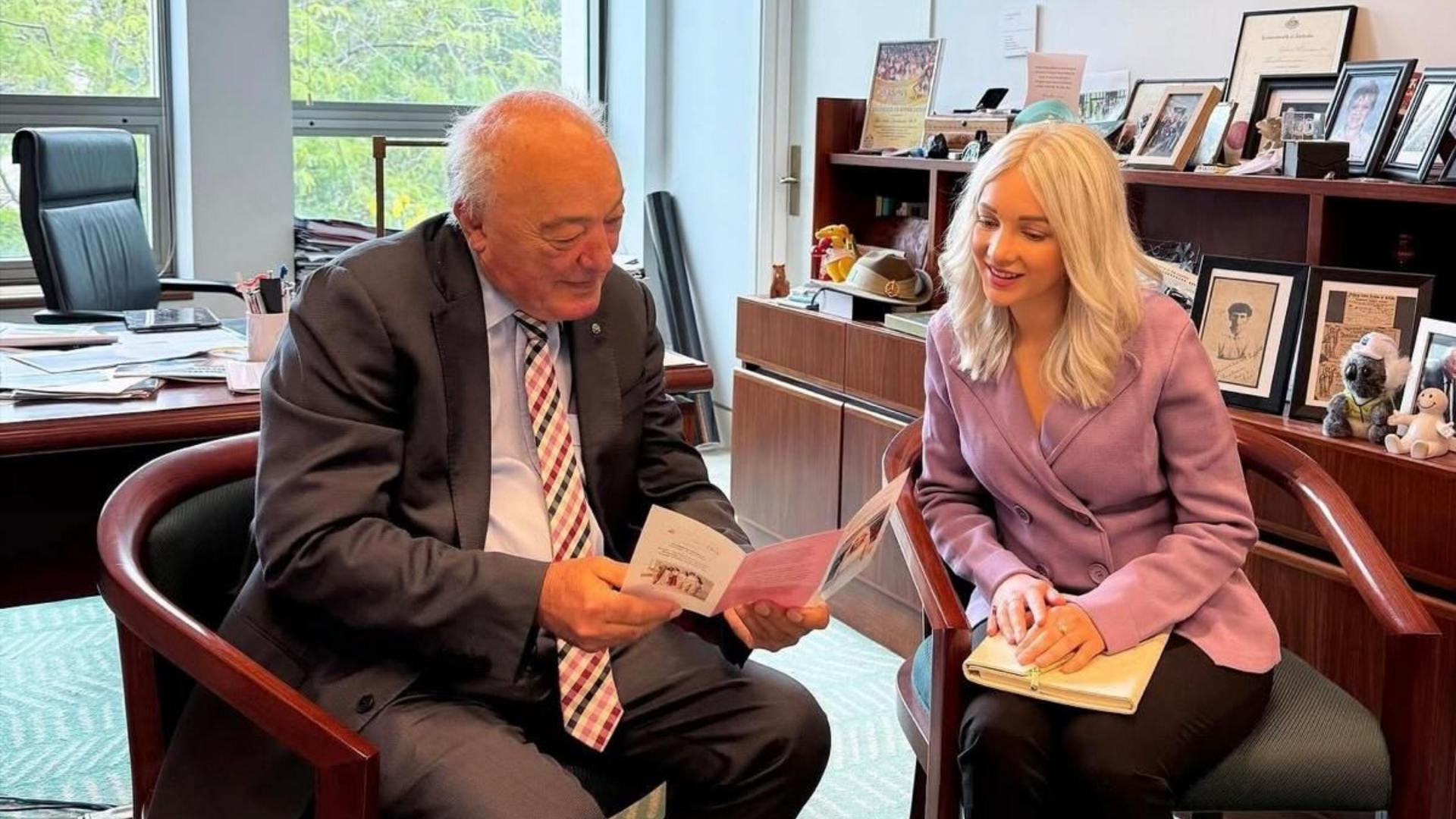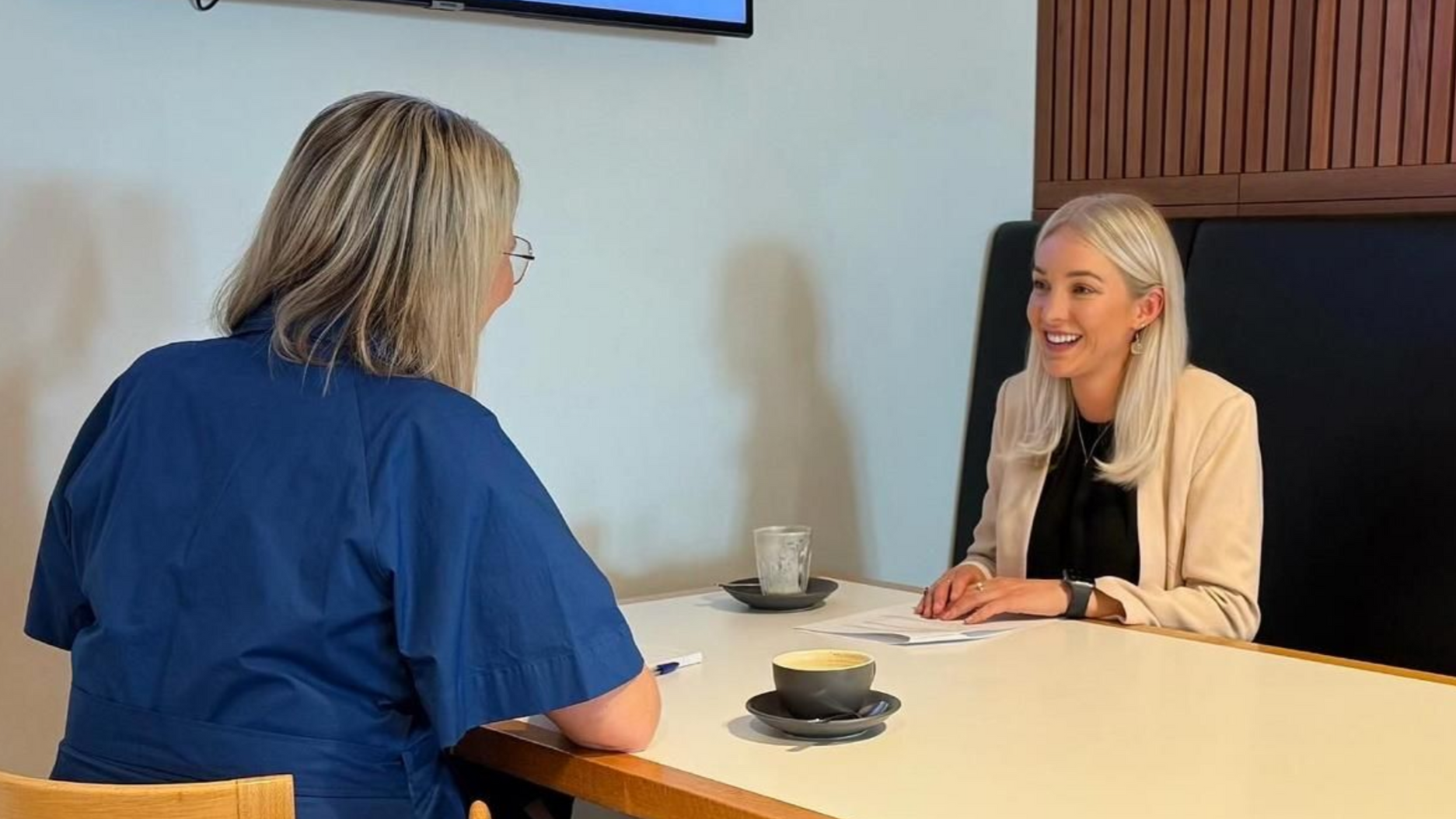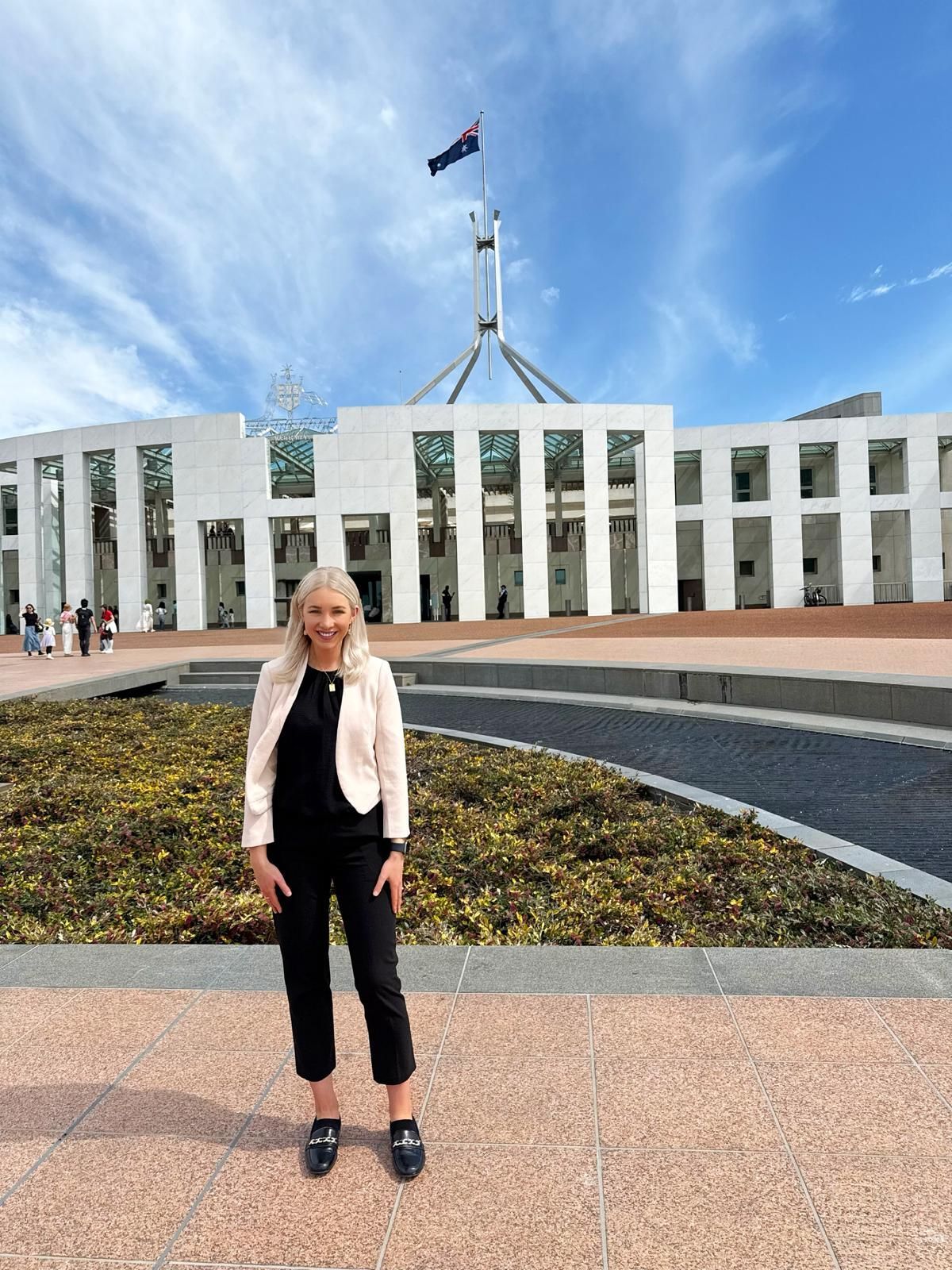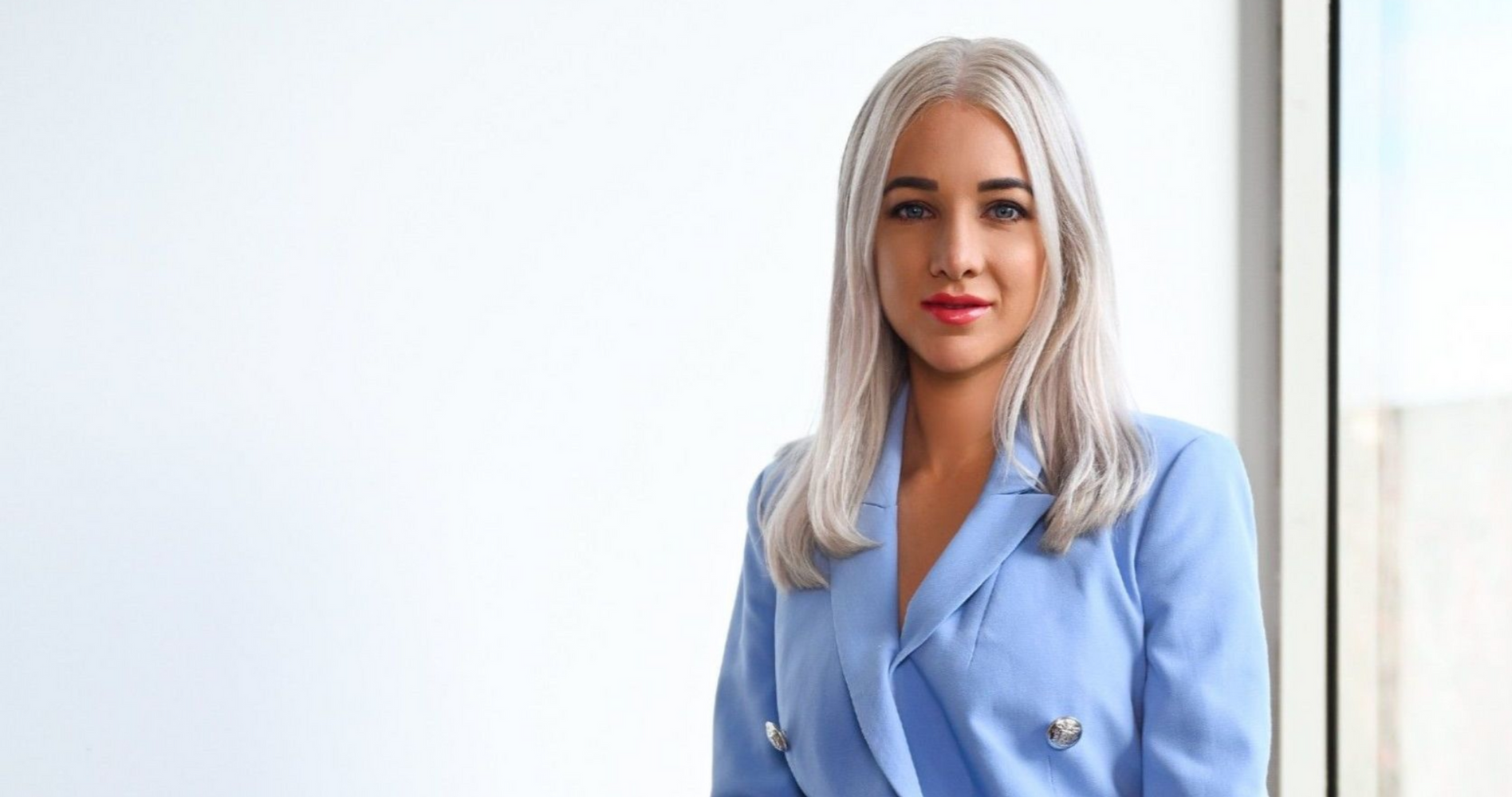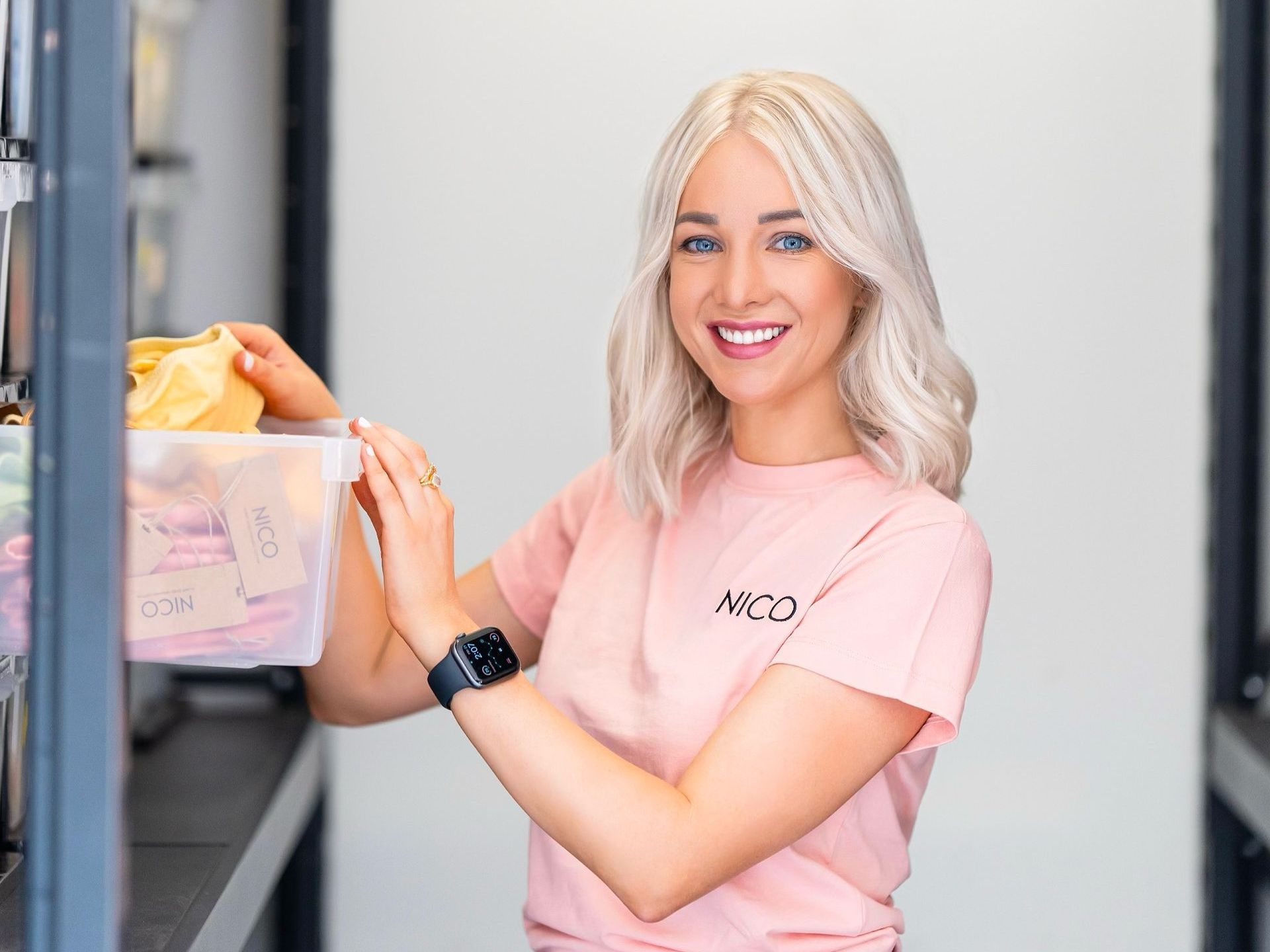Inside the supply chain: My visit to our makers in India

This month, I travelled to Tirupur, India - the manufacturing hub where our garments at NICO Underwear are made - to spend three full days with our production partners on the ground.
It was one of the most rewarding and eye-opening experiences of my career as an entrepreneur.
Over the course of the trip, my partner, Sam, and I visited more than a dozen factories - each one specialising in a different stage of NICO's production process.
We watched organic cotton yarn being knitted, saw the intricate moulding of bra cups, walked through rooms full of cutting tables and sewing machines, and had in-depth conversations with the people behind the work.
So much goes into making a single garment - and it's easy to forget just how many hands, hours and decisions are involved in creating something that feels simple, soft and effortless to wear.
But the truth is, when you value people and the planet, "simple" is anything but.
Visiting our makers in person isn't just about logistics, it's about trust. It's about showing up. About building long-term, respectful relationships with the people who bring our designs to life.
And as a business owner, it's about doing the work to ensure that what we're making is not only beautiful, but aligned with our values.
Our production manager, Rajesh, welcomed us with incredible generosity.
When we arrived at his factory, we were met with a hand-crafted mural drawn on the footpath by staff to greet us - a gesture I'll never forget.
Alongside Rajesh and the factory's technician, Sandhu, we sat down to discuss ways we can improve our products, including some updates inspired by customer feedback (a new, more functional bra strap design is on the way).
We also explored the possibility of introducing some new styles. Stay tuned.
One of the most fascinating parts of the trip was visiting the plant-dyeing facility that colours our organic cotton fabrics using only natural ingredients like bark, seeds and flowers.
Our dyer, Sivaraj, and dye technician, Thiru Murugan, walked us through the entire process - and the level of detail and time required was staggering.
The natural dyeing process begins with soaking the fabric for 8 hours to remove oils, wax and starch.
After drying, the fabric goes into dyeing machines for 4 hours, where colour is applied using a combination of heat, water and natural materials.
It’s then washed, dried, and the process is repeated for another 4 hours.
All up, the natural dyeing cycle takes around 18 hours - compared to just 8 hours for chemical dyeing.
For hand-dyed fabrics, drying alone can take an entire day outdoors.
It also takes 10 litres of water to dye 1kg of fabric - a delicate, considered process that values quality over speed.
We also spent time with Suresh, who runs a screen printing factory producing a soon-to-launch limited-edition NICO range - something I'm really excited to share more about soon.
This trip reinforced something I deeply believe in: you need to stay close to your supply chain, understand the real cost of production, and continue asking how we can do better - both for our customers, and for the people and environments impacted by our choices.
I left India feeling energised, grateful, and more committed than ever to building businesses that reflect my values - transparency, integrity, and care.
A heartfelt thank you to Rajesh and his wife, Satha, for their hospitality, warmth and kindness.
This experience is one I'll carry with me.
